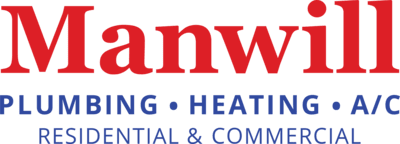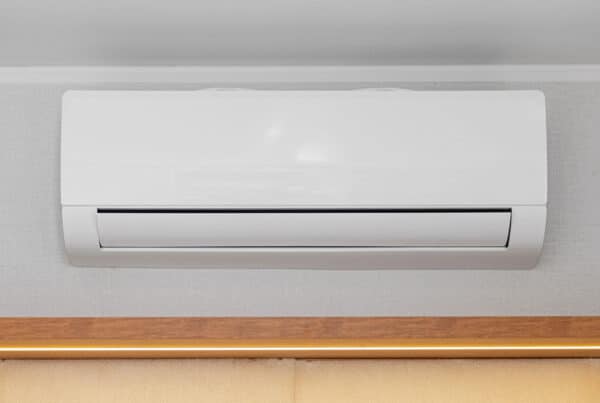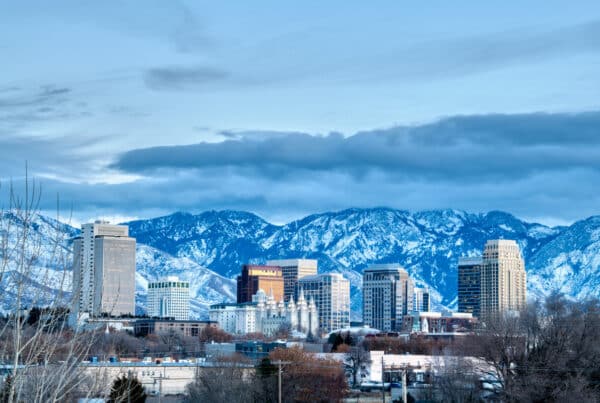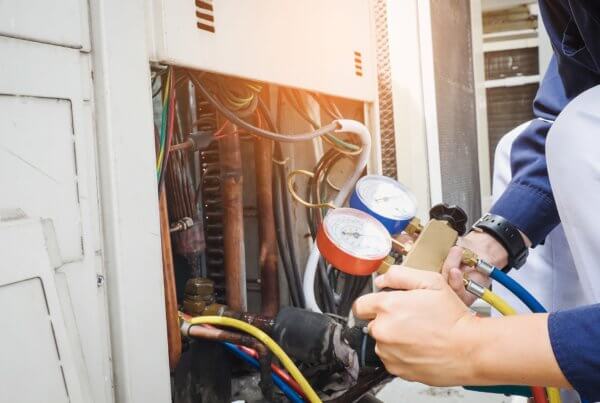Utah’s housing market just won’t quit. Every month brings new price records, and homeowners keep asking us the same thing: what actually moves the needle on home value?
Everyone talks about granite counters and designer paint colors. And yeah, those catch eyes during showings. But after fixing furnaces and installing water heaters across Utah for over 100 years, we’ve noticed something most people miss. The upgrades that really boost your bottom line? They’re hiding in your basement and behind your walls.
We’re talking about your heating, ventilation, air conditioning (HVAC), and plumbing systems. These aren’t the flashiest upgrades, but they’re the ones that keep buyers coming back for second looks and willing to pay premium prices. Here are the stats to learn more about the best home upgrades for your home’s resale value.
Utah homeowners could save a staggering $231.3 million per year through energy efficiency upgrades across the state. That means there’s some serious money on the table, both in immediate savings and long-term home value increases. While each home has unique upgrade costs and savings potential, the numbers we’ll review can give you a general idea of the type of ROI you’ll see with HVAC upgrades.
Utah’s Home Energy Efficiency Goldmine
Utah’s housing boom tells an interesting story. Over 12% of Utah’s homes have been built since 2010, nearly double the national average of 6.3%. This rapid growth means we have newer housing stock, but it also creates opportunities for existing homeowners to stand out with smart upgrades.
The numbers get even more compelling when you dig deeper. Utah has the potential for 8.6 trillion BTUs per year in gas savings and 1.2 billion kilowatt-hours in electricity savings statewide. To put that in perspective, achieving these savings would have the same environmental impact as removing 297,000 cars from Utah’s roads.
But what does this mean for your specific home and wallet?
The Local HVAC Perks
In high-growth areas like Lehi and Summit County, buyers expect modern, efficient systems. Your heating and cooling systems account for roughly 6% of winter air quality issues along the Wasatch Front, so upgrades don’t just save money; they contribute to cleaner air for your community.
For homeowners in mountain communities like Summit Park, this gets even more interesting. When you’re dealing with temperature swings that can hit -20°F in January and 90°F in July, an inefficient system doesn’t just cost more, it can leave you (or your next home buyer) miserable during Utah’s extreme seasons.
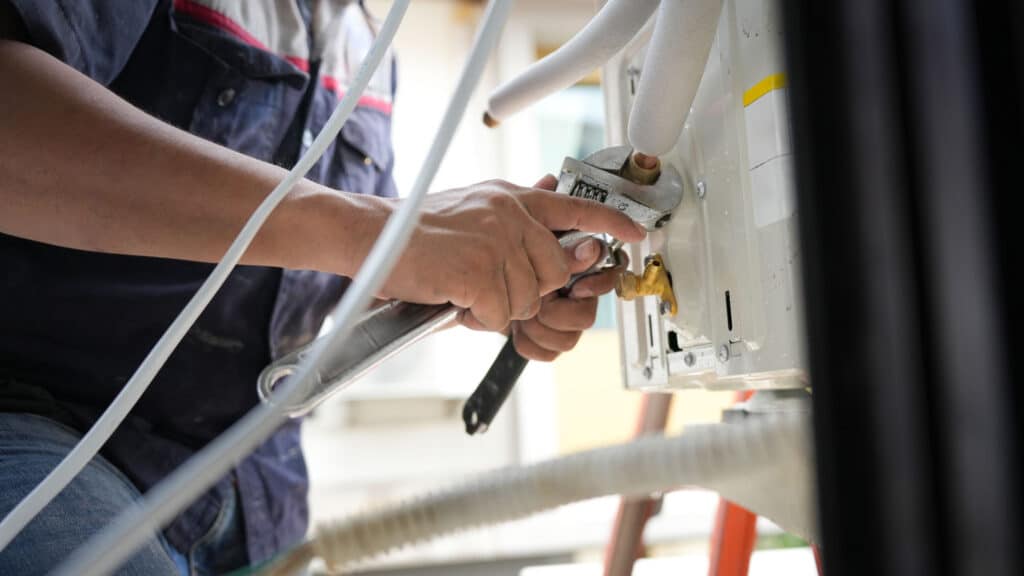
Water Heater Upgrades to Increase Home Value
We get this question almost daily: Does replacing a water heater increase home value? Here’s the straight answer: absolutely, but only if you do it right.
What Actually Works (And What Doesn’t)
Traditional water heaters waste energy by constantly reheating water in a storage tank. Newer technologies change this game entirely:
Heat Pump Water Heaters work like a refrigerator in reverse, pulling heat from the surrounding air to warm your water. While they cost $1,257 to $2,791 more than standard units upfront, they use significantly less energy to operate.
Tankless Water Heaters heat water on demand, eliminating the energy waste of storage tanks. Here’s where lifespan becomes important: tankless gas units last an average of 20 years compared to 12 years for heat pump models and 10-13 years for conventional storage tanks.
Real Utah Results
Utah’s Home Performance program tracked real results, and here’s what happened: homeowners cut their natural gas usage by an average of 629 therms per year. Now, a “therm” is basically how your gas company measures what you use. Think of it as roughly 100 cubic feet of gas. Most Utah homes burn through about 800 therms yearly for heating and hot water, so we’re talking about serious reductions here.
The investment makes sense from a home value perspective because buyers can see the immediate benefit: lower utility bills from day one of ownership.
Heating and Cooling Upgrades to Increase Home Value
When it comes to the best home upgrades for resale value, high-efficiency heating and cooling systems consistently rank at the top. Here’s why the numbers work in your favor.
Efficiency Ratings Explained
HVAC efficiency gets measured in ways that sound confusing but are actually straightforward:
- SEER (Seasonal Energy Efficiency Ratio): For air conditioners, this measures cooling output compared to energy used. Higher numbers mean more efficient cooling.
- AFUE (Annual Fuel Utilization Efficiency): For furnaces, this shows what percentage of fuel actually heats your home versus what gets wasted.
Utah homeowners participating in efficiency programs saw their furnace AFUE ratings jump from an average of 69.59% to 94.95%. That means older systems wasted about 30 cents of every dollar spent on gas, while upgraded systems waste only about 5 cents per dollar.
Air conditioning improvements were even more dramatic, with SEER ratings improving from 8.18 to 15.57 on average. Here’s an easy way to think about it: that newer 15 SEER unit? It’ll use roughly half the power of an 8 SEER dinosaur to keep your house just as cool.
Heat Pumps: Worth the Hype?
Everyone’s talking about heat pumps these days, and for good reason. Instead of burning gas or using old-school electric heat, these systems actually move warmth around. Instead of burning fuel or using electric resistance heating, they move heat from outside air (even in cold weather) into your home during winter, and reverse the process for summer cooling.
The investment is significant – $2,114 to $8,655 more than traditional gas systems – but the energy savings range from 6% to 25% depending on your specific climate zone. Heat pumps do have a shorter expected lifespan (15 years versus 20 years for gas furnaces), but the energy savings often more than compensate for the shorter replacement cycle.
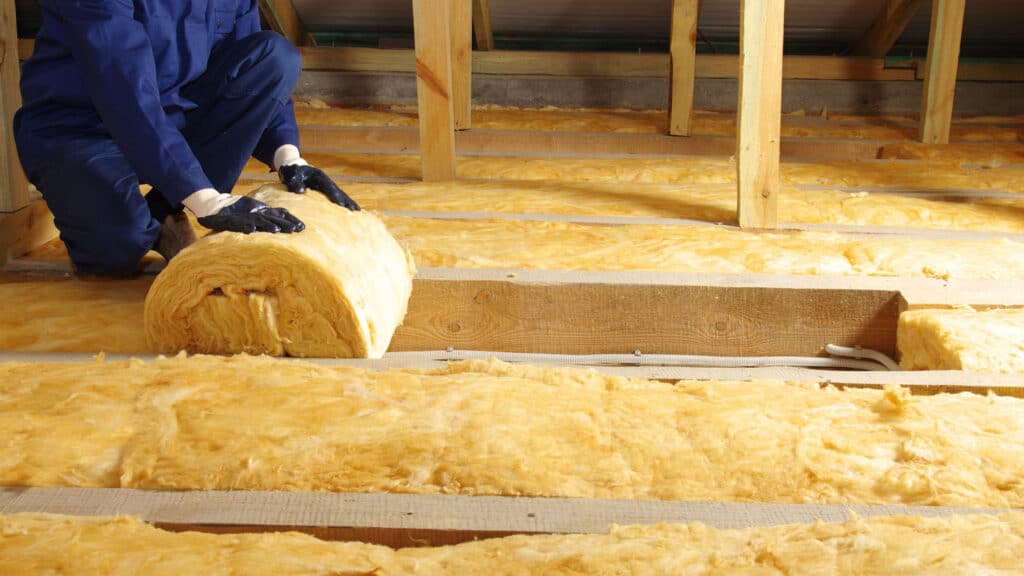
Air Sealing and Insulation: The Most Common Upgrades
Air sealing was the most common upgrade (appearing in 19% of all improvements) in Utah’s successful Home Performance program, followed closely by attic insulation at 18%.
Why does air sealing and insulation matter so much? Think of your home like a balloon. Small holes let conditioned air escape and outside air infiltrate, forcing your HVAC system to work harder. Professional air sealing finds and fixes these energy leaks.
Cost-Saving Synergy: A Holistic Approach Wins
The most successful Utah homeowners take a comprehensive approach to efficiency improvements, and the results speak for themselves: Homes that participated in holistic energy-saving upgrades (like high-efficiency furnaces, better insulation and air sealing, duct improvements, and water heater upgrades) achieved 25% average energy savings with a remarkable 58% conversion rate from initial assessment to completed upgrades.
To put the energy savings in perspective: if your home was costing $200/month to heat and cool before upgrades, you’d typically see bills drop to around $150/month after – saving $600 annually.
What about the conversion rate? What does that mean? Out of 2,188 Utah homeowners who got energy assessments, 1,277 actually moved forward with the recommended work. That’s huge. Most home improvement projects see conversion rates of 15-30% from estimate to completed work. When nearly 6 out of 10 homeowners decide to spend thousands of dollars on upgrades after seeing the numbers, it tells you the math actually works in real life, not just on paper.
Breaking Down the Investment
The average Utah homeowner in these programs spent $6,089 on improvements and received $2,184 in rebates, bringing their net investment down to around $3,900. The payoff? An average of 796 kilowatt-hours in electricity savings and 629 therms in gas savings annually.
To translate those numbers: 796 kWh represents about two months of electricity usage for an average Utah home, while 629 therms equals roughly 10 months of water heating fuel. In dollar terms, that’s approximately $105 in electricity savings and $630 in gas savings annually, totaling around $735 per year in reduced utility bills.
Financial Returns That Make Sense
The question isn’t whether energy-efficient systems add value. It’s how quickly they pay for themselves and how much extra value they create.
Research from the Department of Energy shows that homes with energy labels sell faster and for higher prices. The national Home Energy Score program has evaluated over 185,000 homes, with the average home scoring 4.7 out of 10 initially but having the potential to reach 7.3 out of 10 with cost-effective improvements.
Think about what that means for your home’s marketability. A house scoring 4.7 out of 10 tells buyers they’re looking at higher utility bills and potential comfort issues. But bump that same house up to a 7.3 with smart HVAC upgrades, and suddenly buyers see lower monthly costs and modern systems they won’t need to replace anytime soon. That score difference helps you sell faster, often translating to buyers being willing to pay more because they can calculate the monthly savings into their mortgage qualification.
Utah-Specific Projections
New building code analysis suggests that average Utah homes could save $325 per year (representing 16.4% energy reduction) with comprehensive efficiency improvements. The upfront cost for these improvements? Only 0.4% to 0.7% of a $600,000 home (less than $5,000), with a payback period of just 2-3 years.
You’re handing buyers a house with cheaper monthly bills that keeps saving money for decades.
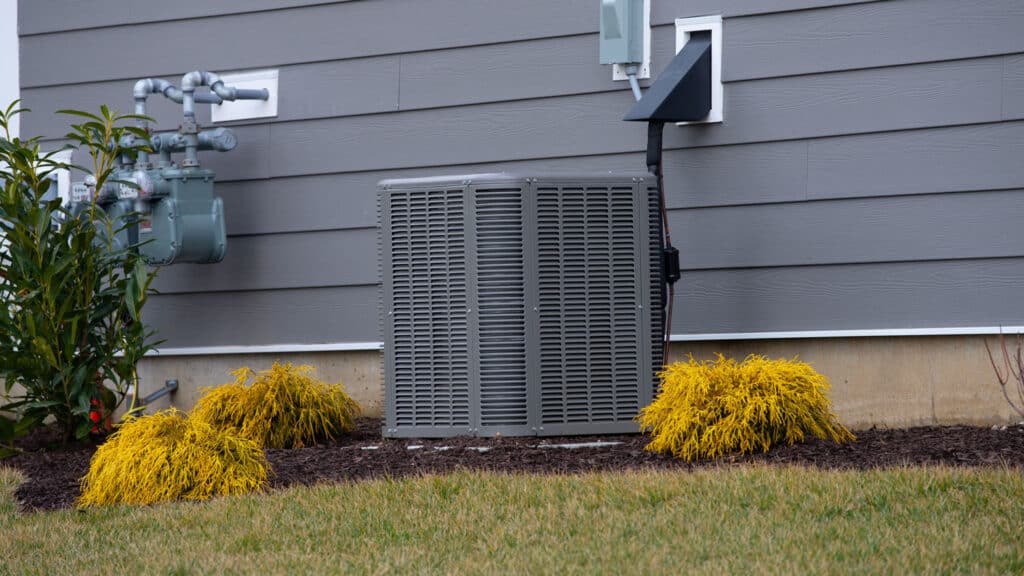
HVAC Upgrades Matter in Utah
Summit County and Mountain Territory
There’s a reason so many people are drawn to mountain living. But some of the upsides like quick access to incredible skiing and snowboarding are a double-edged sword. Temperature extremes put extra stress on HVAC systems, making efficiency improvements even more valuable. In luxury markets like Park City and Summit Park, buyers expect premium systems that can handle harsh winters without breaking the family budget.
For mountain homes, the investment in efficient systems often pays back faster due to higher heating demands. A system that saves 25% on heating costs in a mountain home provides much larger dollar savings than the same percentage savings in a milder climate.
Wasatch Front Opportunities
Along the Wasatch Front, from Ogden to Provo, air quality concerns make efficiency improvements particularly appealing to environmentally conscious buyers. Reducing your home’s energy consumption directly contributes to better air quality, something more Utah buyers care about each year.
In fast-growing areas like Lehi, American Fork, and Draper, energy-efficient homes stand out in a competitive market. When buyers are choosing between similar properties, the one with lower projected utility costs often wins.
Making Smart HVAC Investment Decisions
When to Invest in Upgrades and What to Prioritize
The more temperate weather during spring and fall give you the best shot at getting quality contractors when they’re not swamped with emergency calls.
Planning to sell soon? Focus on the flashy stuff buyers notice immediately: programmable thermostats, high-efficiency units with those energy stickers still visible.
For longer-term ownership, comprehensive approaches including insulation, air sealing, and duct improvements provide the best overall value.
Professional Installation: Non-Negotiable
Here’s something the statistics make clear: professional installation and quality matter enormously. Utah’s successful Home Performance program required certified technicians and achieved impressive results precisely because the work was done right the first time.
At Manwill, we’ve been perfecting these installations for over 100 years in Utah. Our NATE-certified technicians understand how altitude, climate zones, and local building practices affect system performance. We’re not just dropping in equipment and calling it good. We’re fine-tuning everything for Utah’s wild weather patterns and altitude challenges.
Common Questions We Actually Get
Does energy efficient plumbing increase a home’s value?
You bet it does. Low utility bills catch buyers’ attention immediately, but there’s more to it. Modern plumbing systems tell buyers this house has been cared for. Heat pump water heaters and tankless units also free up basement space, which buyers love.
What are the best home improvements for resale in Utah?
Based on Utah-specific data, the top performers are:
- High-efficiency furnaces
- Air sealing
- Attic insulation
- Smart thermostats and zoned systems
- Comprehensive duct sealing and insulation
How much do these improvements typically cost?
The average Utah homeowner invested about $6,100 in comprehensive improvements and received over $2,100 in rebates. However, costs vary widely based on home size, current system condition, and improvement scope. Water heater swaps might run you $2,000-$4,000. Go whole-hog with comprehensive upgrades, and you’re looking at $5,000-$15,000.
What’s the payback period?
Most upgrades pay for themselves in 2-10 years just through lower bills, completely separate from any boost in home value. Water heating upgrades usually pay back fastest. Air sealing and insulation take longer to recoup costs, but keep delivering value for decades.
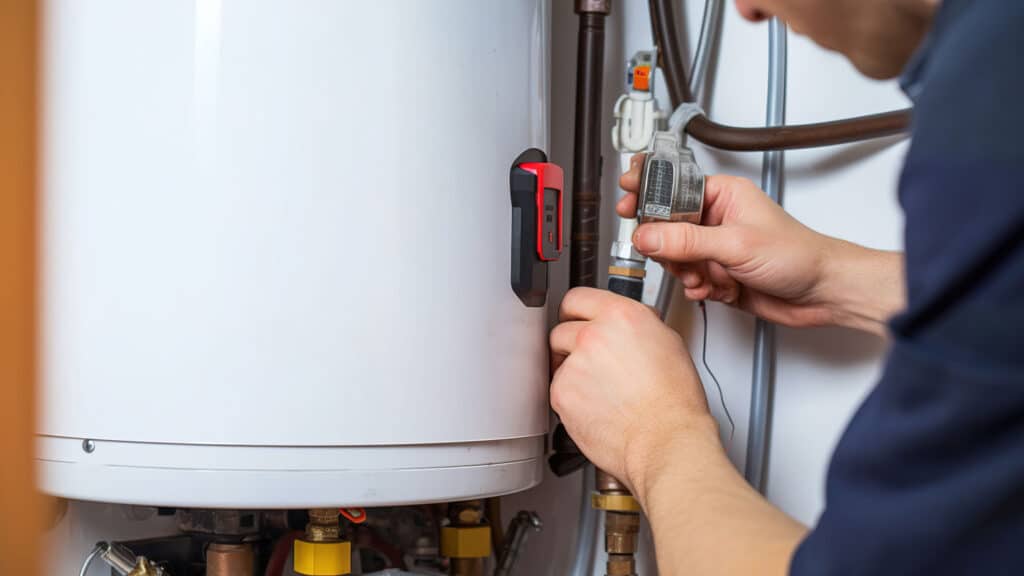
So What Next?
The numbers don’t lie: efficient HVAC and plumbing systems add real value to Utah homes. Whether you’re getting ready to sell or planning to stick around for years, these upgrades start saving money immediately while building long-term value.
Success comes down to working with people who get it – both the technical side and how Utah weather affects everything. Every home is different, and the best upgrade path depends on your current systems, home age, usage patterns, and goals.
Want to discover your home’s specific potential for energy savings and value improvement? Contact Manwill today for a comprehensive assessment. We’ll show you exactly which improvements will deliver the best returns for your situation and help you take advantage of available rebates and incentives.
Your comfort is our priority, and in Utah’s competitive real estate market, that comfort translates directly into value.
